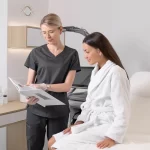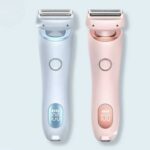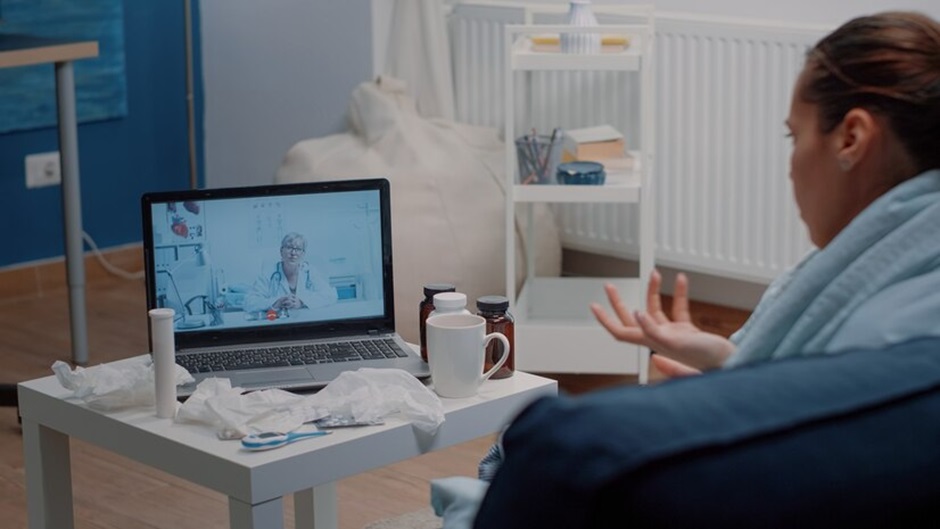Remote patient monitoring (RPM) is a healthcare delivery method. It uses technology to gather patient data outside traditional settings, benefiting patients, providers, caregivers, and the healthcare system.
This method has become a popular option for patients to monitor health aspects from their homes.
RPM also enables providers to manage acute and chronic conditions, reducing travel costs and infection risk.
Here, we will explore the transformative potential benefits of remote patient monitoring in healthcare.
Let’s get started!
Boosts net patient revenue
Remote patient care is less expensive than traditional brick-and-mortar associated costs. When an organisation implements RPM, net patient revenue may rise due to increased staff productivity, streamlined workflows, and lower administrative expenses. Additionally, RPM offers chances for compensation and an edge over competitors.
A higher quality of healthcare
RPM provides a superior method for tracking patient data through continuous monitoring. It enables providers to better understand each patient’s condition at any given time.
Recent care models, such as principal care management, often use RPM technology. It emphasises timelier, more active care, with CPT codes specifically addressing frequent medication regimen adjustments.
Furthermore, Improved information technology can enhance patient care quality. This is especially true for chronic care patients requiring ongoing treatment coordinated by multiple clinicians.
Better patient-provider relationships
Remote monitoring systems enhance patient communication with doctors. It fosters a stronger relationship between patients and healthcare providers.
Furthermore, the bond between patients and caregivers can provide comfort and support during the stresses and challenges of chronic care.
However, it is also a better way of engaging them in their care regimen.
Faster Access to Better Patient Data
Healthcare professionals can get reliable patient data more quickly thanks to connected health equipment in remote patient monitoring.
Implantable gadgets, biometric sensors, pulse oximeters, blood pressure cuffs, glucometers, and other devices fall under this category.
The integration of these devices into remote patient monitoring solutions can expedite diagnoses and facilitate timely adjustments to treatment plans.
Improved Patient Outcomes
Many studies have shown that patients who use remote patient monitoring systems have a decreased risk of death. Also, they were rehospitalized in a variety of medical situations.
Cost Savings
There are many clear cost savings opportunities for healthcare providers. These may include fewer in-person visits, fewer hospital readmissions, and avoiding readmission-related penalties under the Affordable Care Act (ACA).
Moreover, Remote patient monitoring solutions offer a significant ROI and improved patient outcomes, particularly as healthcare costs continue to rise.
Reduce the Risk of Disease Transmission
The Healthcare Information and Management Systems Society (HIMSS) declares that remote patient monitoring is crucial for patients in various situations.
Similarly, home-based COVID-19 monitoring can reduce transmission risk and provide timely hospital care for positive patient tests.
Furthermore, remote patient monitoring (RMP) solutions can provide home-based involvements in overdose alcohol treatments such as Hangover IV treatment.
This treatment gives rapid relief to patients who consume excessive amounts of alcohol or severe dehydration.
How can remote patient monitoring be used with telehealth?
Remote patient monitoring is a valuable tool in telehealth. It enables monitoring of various health conditions and preventing complications in patients who cannot easily travel.
It can be used for symptoms like high blood pressure, diabetes, weight loss, heart conditions, and chronic obstructive pulmonary disease.
As telehealth popularity grows, more providers are implementing remote monitoring due to advanced medical technology.
Furthermore, virtual suboxone treatment can also be integrated into remote patient monitoring (RPM) solutions. This treatment gives support to patients with opioid use disorder from the comfort of their homes.











